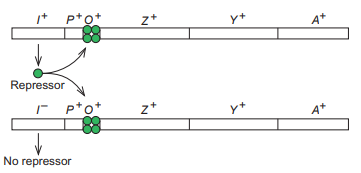TLS Online TPP Program
More Questions
TLS Online TPP Program
#Question id: 34162
#Unit 7. System Physiology – Animal
Gonadal and adrenocortical steroids are of following types, EXCEPT?
TLS Online TPP Program
#Question id: 34163
#Unit 7. System Physiology – Animal
Which of the following represents the correct sequential pathway for aldosterone synthesis from cholesterol, based on the enzyme-catalyzed steps?
TLS Online TPP Program
#Question id: 34164
#Unit 7. System Physiology – Animal
A newborn is diagnosed with 21β-hydroxylase deficiency. Which of the following downstream consequences is most likely due to impaired glucocorticoid production during fetal life?
TLS Online TPP Program
#Question id: 34165
#Unit 7. System Physiology – Animal
Following statements are regarding thyroid hormone biosynthesis?
I. The basolateral membranes of thyrocytes facing the capillaries contain a antiporter that transports two Na+ ions and one I– ion into the cell with each cycle, against the electrochemical gradient for I–.
II. Na+/I– symporter (NIS) is capable of producing intracellular I– concentrations that are 20–40 times as great as the concentration in plasma.
III. TSH induces both NIS expression and the retention of NIS in the basolateral membrane, where it can mediate sustained iodide uptake.
TLS Online TPP Program
#Question id: 34166
#Unit 7. System Physiology – Animal
I. Adrenocortical secretion is controlled primarily by ACTH, from the anterior pituitary, but mineralocorticoid secretion is also subject to independent control by circulating factors.
II. Adrenal medullary hormones work mostly to prepare the body for emergencies, the so-called “fight-or-flight” responses.
III. All three cortical zones secrete corticosterone, but the active enzymatic mechanism for aldosterone biosynthesis is not limited to the zona glomerulosa.
IV. An important function of the zona glomerulosa, in addition to aldosterone synthesis, is the formation of new cortical cells.
TLS Online TPP Program
#Question id: 34167
#Unit 7. System Physiology – Animal
I. The adrenal medulla does not regenerate, but when the inner two zones of the cortex are removed, a new ZF and ZR regenerate from glomerular cells attached to the capsule.
II. Immediately after hypophysectomy, the ZF and ZR begin to atrophy, whereas the ZG is unchanged because of the action of angiotensin II on this zone.
III. The ability to secrete aldosterone and conserve Na+ is normal for some time after hypophysectomy, but in longstanding hypopituitarism, aldosterone deficiency may develop, apparently because of the absence of a pituitary factor that maintains the responsiveness of the zona glomerulosa.

